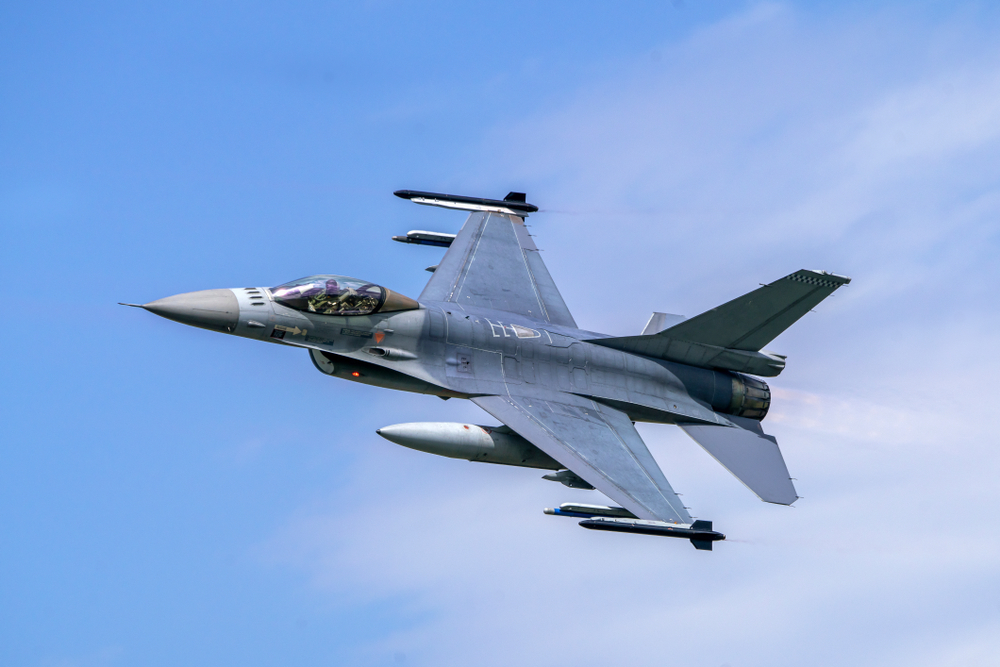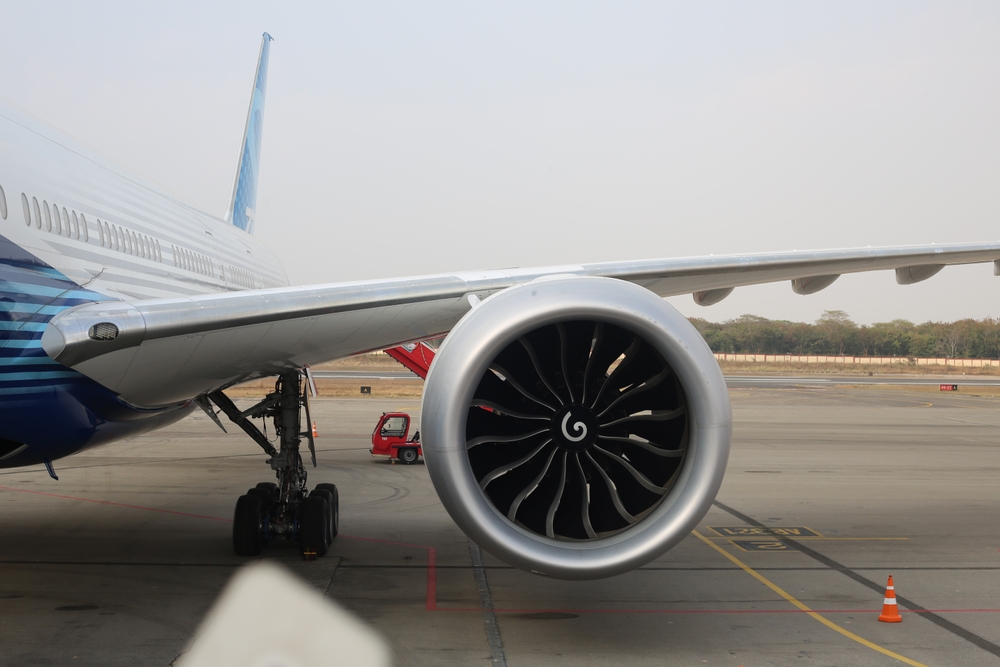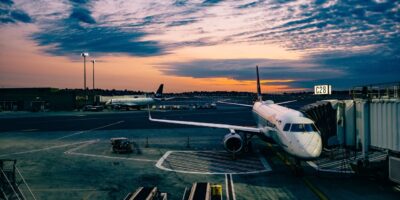Why Are Fighter Jets So Loud?
Fighter jets are remarkably loud machines. This noise is not just an incidental feature, but a direct consequence of the engineering and physics that enable their high-speed, high-performance capabilities. Several factors contribute to the deafening roar of these aircraft, each linked to how they achieve flight, speed, and maneuverability.

Jet Engines and Combustion
The core reason for the loud noise of fighter jets lies in their engines. Fighter jets typically use turbojet or turbofan engines, known for their intense power and high-speed output. At the heart of these engines is the combustion process. Fuel and air mix and ignite, creating a high-pressure exhaust gas that propels the jet forward. The rapid expansion of gases and their expulsion through the engine’s exhaust generates significant noise. The faster and more forcefully these gases are expelled, the louder the sound.
Jet Engine Components
- Compressors: Compressing air before it mixes with fuel increases engine efficiency. The spinning blades in compressors move at high speeds, contributing to the noise.
- Combustion Chambers: The combustion process is explosive and generates a substantial noise due to the high-pressure changes and heat.
- Turbines: The turbines extract energy from the high-speed gases, driving the compressors and additional stages of the engine which adds to the overall sound.
- Nozzles: The jet nozzle accelerates the exhaust gases out of the engine, producing the high-speed jet flow noise readily heard.
Supersonic Speeds
Many fighter jets are capable of flying at supersonic speeds, meaning they can exceed the speed of sound. When an aircraft breaks the sound barrier, it creates shock waves due to the compression of air molecules. This is known as a sonic boom. While the boom is an intermittent occurrence, the operations near these speeds frequently involve noise from high-energy air pressure changes around the aircraft.
Afterburners
Afterburners are common in military jets to provide additional thrust. When activated, afterburners inject additional fuel into the engine’s exhaust stream, igniting it and producing much more thrust, and consequently, a distinctive loud roar. This process increases the velocity of the exhaust gases exiting the engine, contributing significantly to the overall noise output.
Aerodynamics and Airframe Noise
Aside from the engines, the airframe design of fighter jets also plays a role in noise production. High-speed airflow over the airframe, wings, and control surfaces can create significant aerodynamic noise. The interaction of air with external components such as landing gears, weapons, and other external stores also generates additional sound.
Type of Missions
Fighter jets often engage in tactical maneuvers requiring rapid changes in speed and direction. These maneuvers further exacerbate noise levels as the airflow around the aircraft rapidly shifts and reconfigures, creating turbulence and pressure changes that contribute to overall noise levels.
Materials and Construction
The construction materials and techniques used in fighter jets are chosen for strength and heat resistance rather than noise reduction. The focus on performance and durability, with materials like titanium and specialized composites, incurs a trade-off by enhancing noise transmission and resonance through the airframe.
Comparison with Commercial Aircraft
Commercial jet airliners are also noisy, but they employ noise reduction measures such as high bypass turbofan engines, sound-absorbing materials, and optimized flight paths to mitigate the impact. In contrast, fighter jets prioritize speed, agility, and power over noise reduction, and thus, they inherently produce more noise.
Environmental and Health Impacts
The loud noise from fighter jets has measurable effects on the environment and human health. Prolonged exposure to high decibel levels can lead to hearing loss and other health issues. Environmental impacts include disturbances to wildlife and ecosystems, prompting noise regulations and mitigation efforts around military aviation operations.
Technological Advances and Research
There is ongoing research to reduce the noise generated by fighter jets. Developments in engine technology, newer designs, and materials are aimed at balancing performance with reduced noise emissions. However, the primary focus remains on the combat effectiveness of these aircraft.
Fighter jets are loud because their design maximizes speed, power, and maneuverability. This entails powerful engines, rapid airflows, and materials focused on performance. While noise reduction is considered, it remains secondary to the primary objectives of these high-performance machines.



